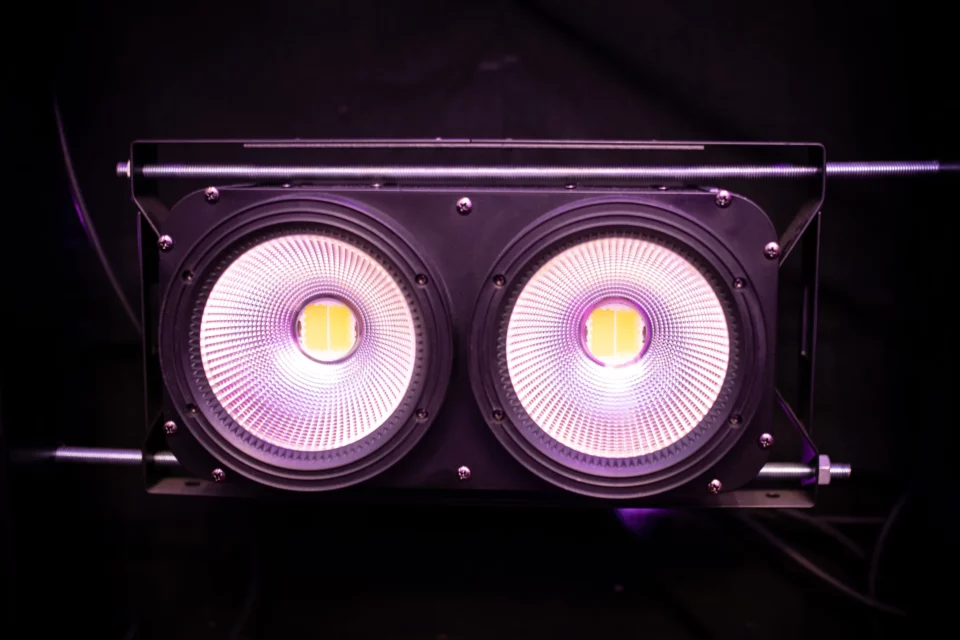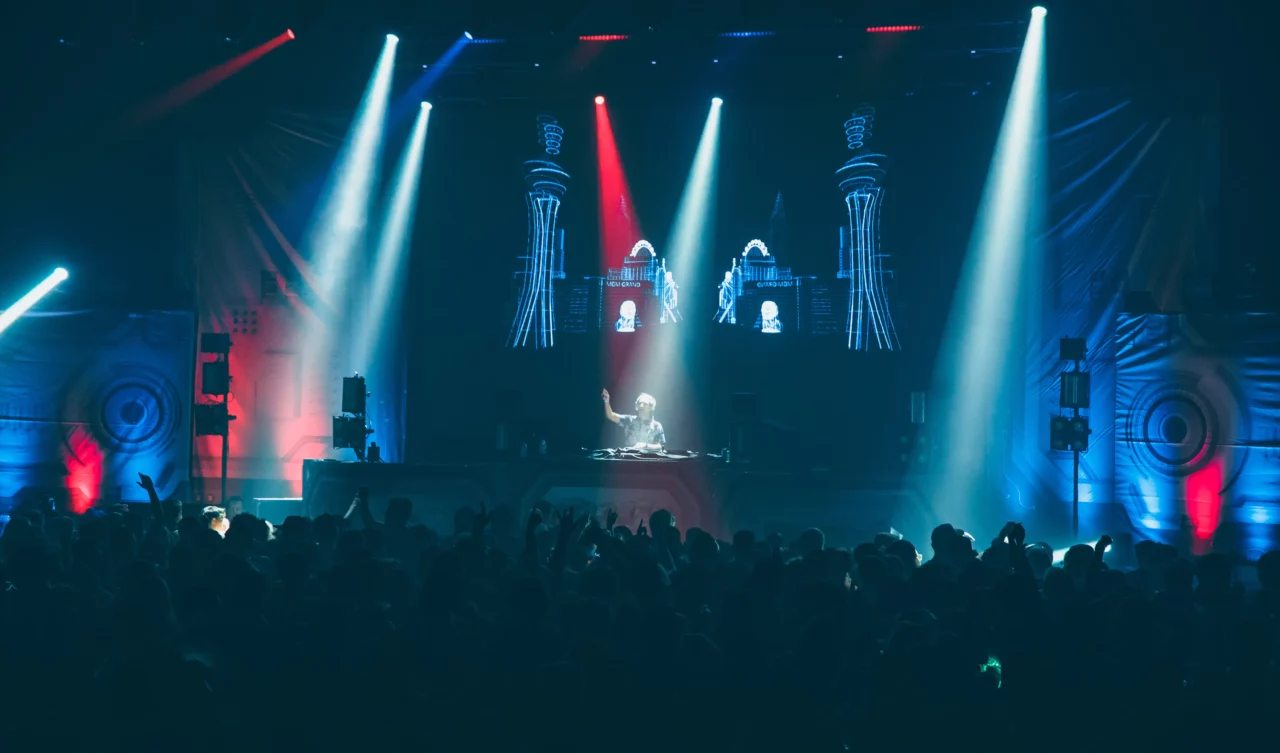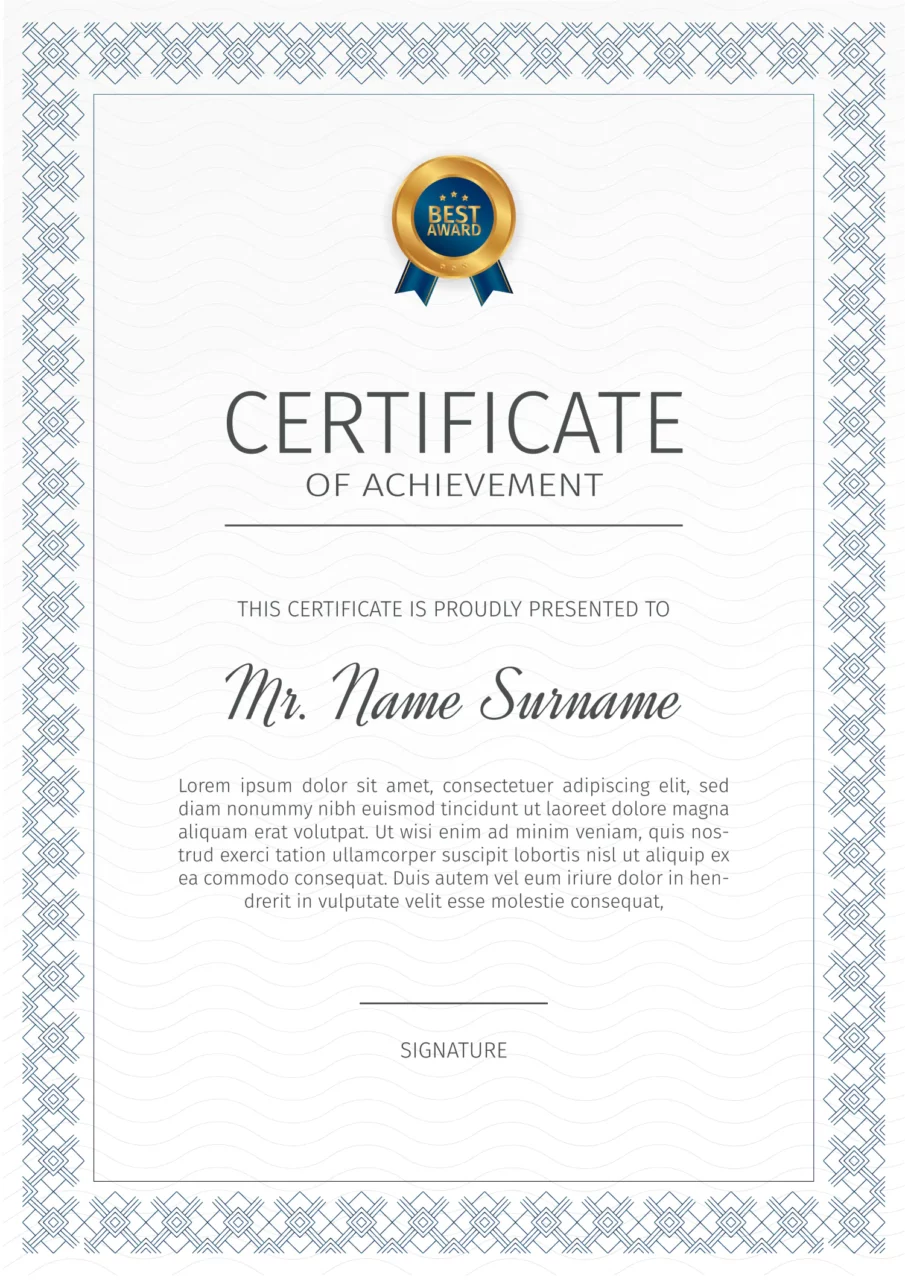Strobe Lights: Unleashing the Pulse of Light in the World of Entertainment
Strobe lights, with their pulsating flashes of light, have become synonymous with energy, excitement, and a captivating visual experience. As a powerful tool in the world of entertainment, strobe lights have evolved from simple mechanical devices to sophisticated LED fixtures, adding a unique and dynamic element to various performances and events. In this comprehensive article, we will explore the fascinating world of strobe lights, diving into their history, functionalities, applications, advantages, and considerations when incorporating them into stage lighting setups.
I. A Brief History of Strobe Lights
The concept of strobe lighting traces back to the late 19th century when English scientist and inventor William F. H. Talbot first experimented with rapid flashing lights in the early 1830s. However, it wasn’t until the 1930s that Harold Eugene “Doc” Edgerton, an American electrical engineer, popularized the strobe effect with the invention of the electronic flash. His groundbreaking work led to the widespread use of strobe lights in various industries, including photography, scientific research, and, eventually, entertainment. Over the years, strobe lights have continued to evolve, with the integration of cutting-edge technology and LED advancements.
II. Components and Functions of Strobe Lights
Strobe lights consist of several essential components that enable their unique pulsating effect. The heart of the strobe light is the Xenon flash lamp or LED array, which emits intense, short bursts of light. The rapid and repetitive flashing of the lamp creates the strobe effect, producing the illusion of slow-motion movement or a freeze-frame effect on moving subjects. Control units in modern strobe lights allow lighting designers to adjust the flash rate, intensity, and duration, offering unparalleled control over the visual impact.
III. Types of Strobe Lights
Strobe lights come in various types, each suited for specific applications and lighting requirements. Traditional Xenon strobes remain popular for their high-intensity flashes and instantaneous response time, making them ideal for freezing fast-moving subjects. LED strobe lights have gained prominence for their energy efficiency, versatility, and color-changing capabilities. Hybrid strobes combine the features of both Xenon and LED strobe lights, offering a powerful and dynamic lighting solution.
IV. Applications of Strobe Lights
Strobe lights find extensive use in a wide range of performances and events, where their pulse-like effect complements the ambiance and energizes the audience. In concerts and music performances, strobe lights synchronize with the beat of the music, enhancing the overall impact and intensity. In theatrical productions, they create dramatic pauses, freeze-frame moments, or simulate lightning effects. Nightclubs and dance parties thrive on the pulsating energy of strobe lights, elevating the dance floor experience to another level.
V. Advantages of Using Strobe Lights
The advantages of incorporating strobe lights into stage lighting setups are numerous. Their intense and rapid bursts of light create a visually captivating effect that instantly draws attention and excitement. Strobe lights provide a dramatic impact on performances, allowing lighting designers to enhance the atmosphere and emotions during crucial moments. Their high-intensity flashes are particularly effective in large venues and outdoor events, cutting through ambient light and making a lasting impression on the audience.
VI. Limitations and Disadvantages of Strobe Lights
Despite their versatility and visual impact, strobe lights have some limitations. Prolonged exposure to strobe lighting may cause discomfort or visual disturbances for some individuals, especially those with photosensitive epilepsy or light sensitivity. Therefore, it is crucial for lighting designers to use strobe lights responsibly and ensure they comply with safety guidelines and regulations.
VII. Considerations When Using Strobe Lights
When incorporating strobe lights into stage lighting setups, several considerations must be taken into account. Timing and synchronization with the performance are critical to achieving the desired visual effects. Proper placement and positioning of strobe lights prevent excessive glare and light spill while maximizing their impact on the stage. Understanding the audience’s sensitivities and potential effects on performers is vital for a safe and enjoyable experience.
VIII. Setting Up and Programming Strobe Lights
Proper setup and programming are essential to effectively utilize strobe lights in performances. Lighting designers must synchronize the strobe effect with the music or performance elements, creating a cohesive and immersive experience for the audience. Utilizing lighting control systems and DMX programming allows for precise timing and coordination with other lighting fixtures.
IX. Maintenance and Care of Strobe Lights
Regular maintenance ensures the reliability and consistent performance of strobe lights. Cleaning and inspecting the flash lamp or LED array help maintain the fixture’s output and ensure uniform light intensity. Additionally, following the manufacturer’s guidelines for lamp replacement and service intervals is essential for prolonging the strobe light’s lifespan.
X. Industry Trends and Innovations in Strobe Lights
As technology continues to advance, strobe lights continue to evolve. LED strobes are becoming more powerful, offering brighter output and improved color mixing capabilities. Integration of wireless DMX technology enables more flexibility and mobility in controlling strobe lights, making them ideal for dynamic lighting setups and live performances.
Conclusion
In conclusion, strobe lights are a powerhouse in the world of entertainment lighting, delivering an electrifying and visually captivating experience to audiences worldwide. From their early beginnings in photography to their widespread use in concerts, theater productions, and dance events, strobe lights have left an indelible mark on the art of stage lighting. As technology continues to evolve, strobe lights will undoubtedly remain at the forefront of lighting innovation, continuing to unleash the pulse of light and elevate performances to new heights of excitement and spectacle.





